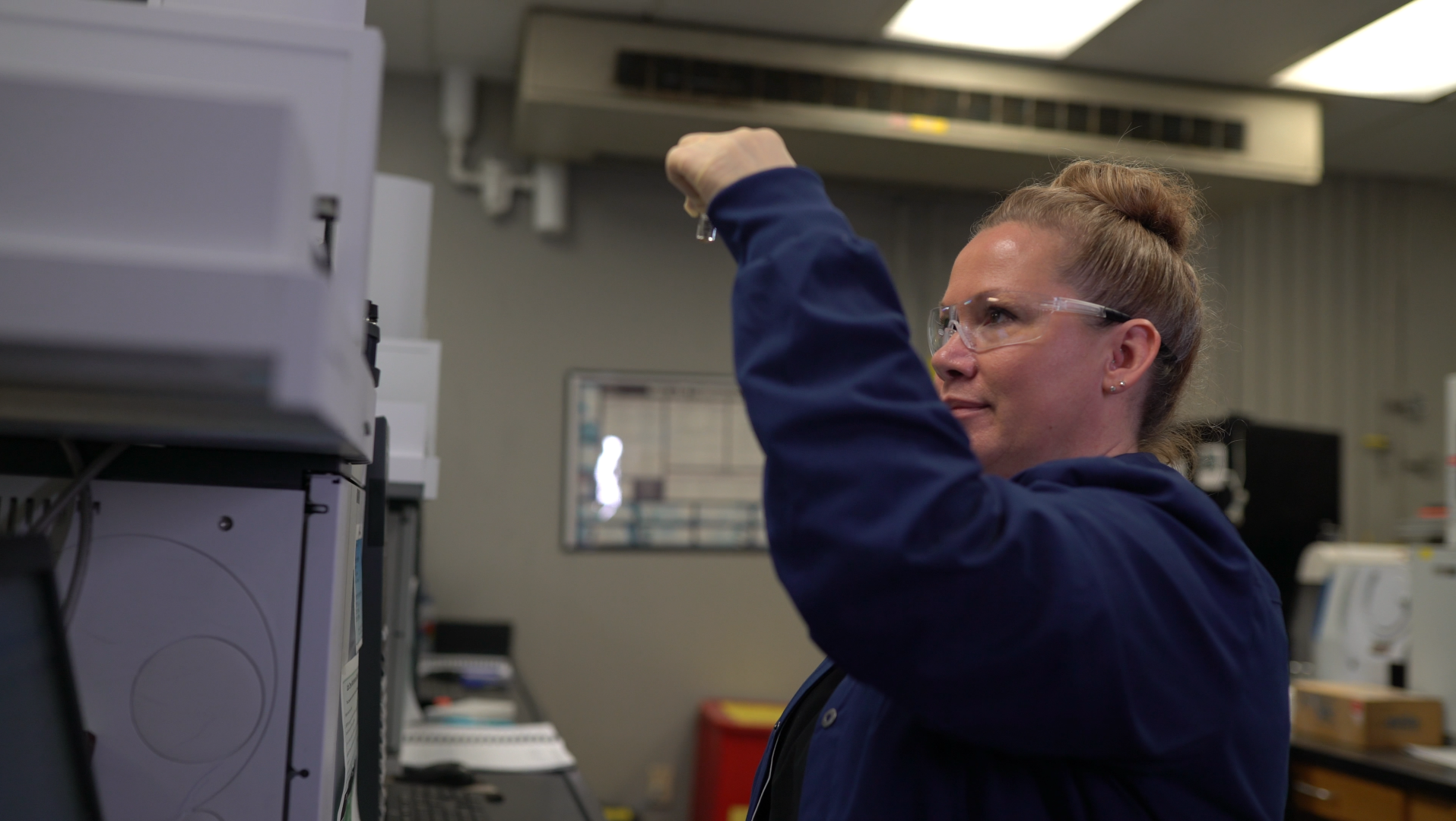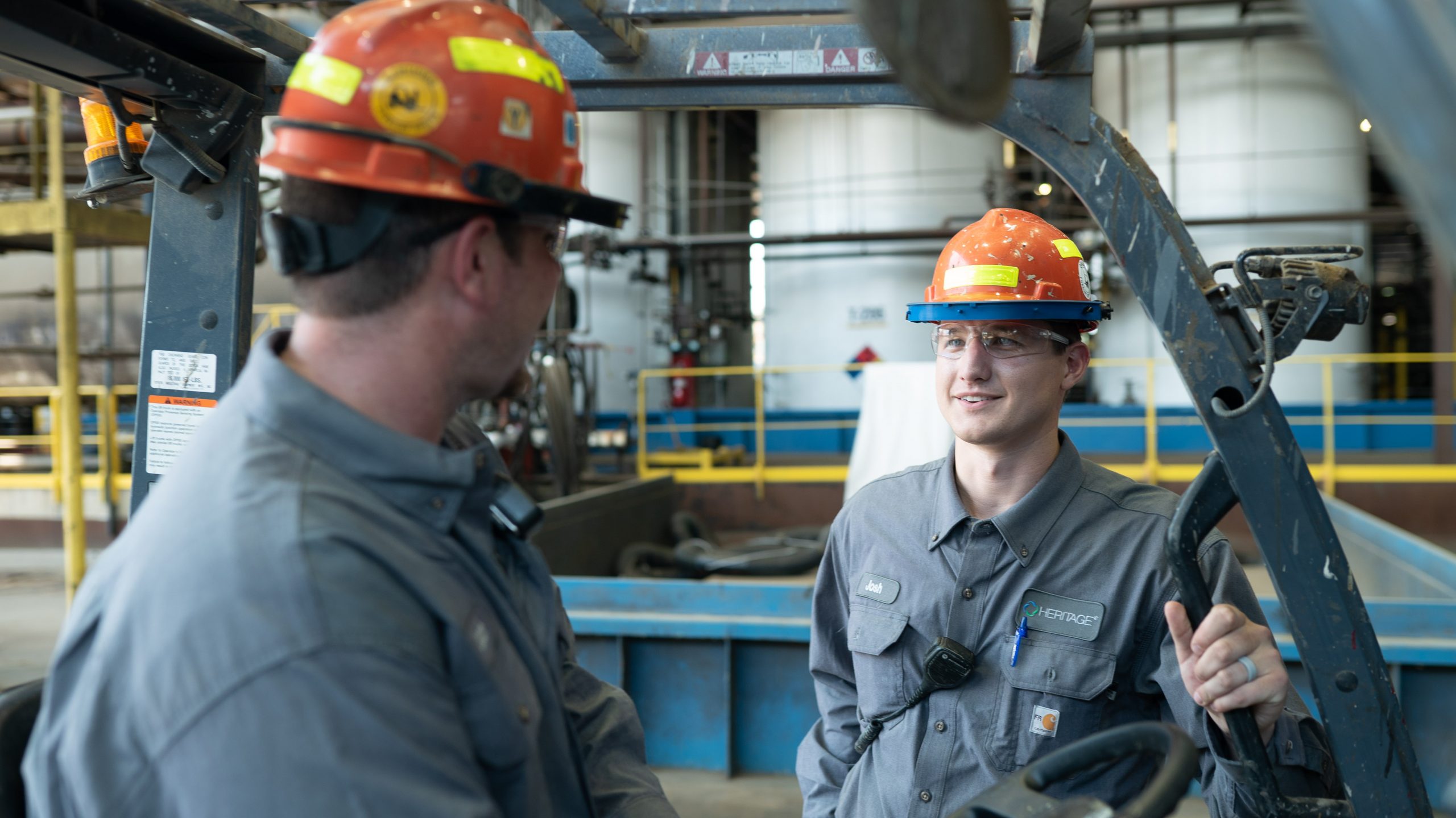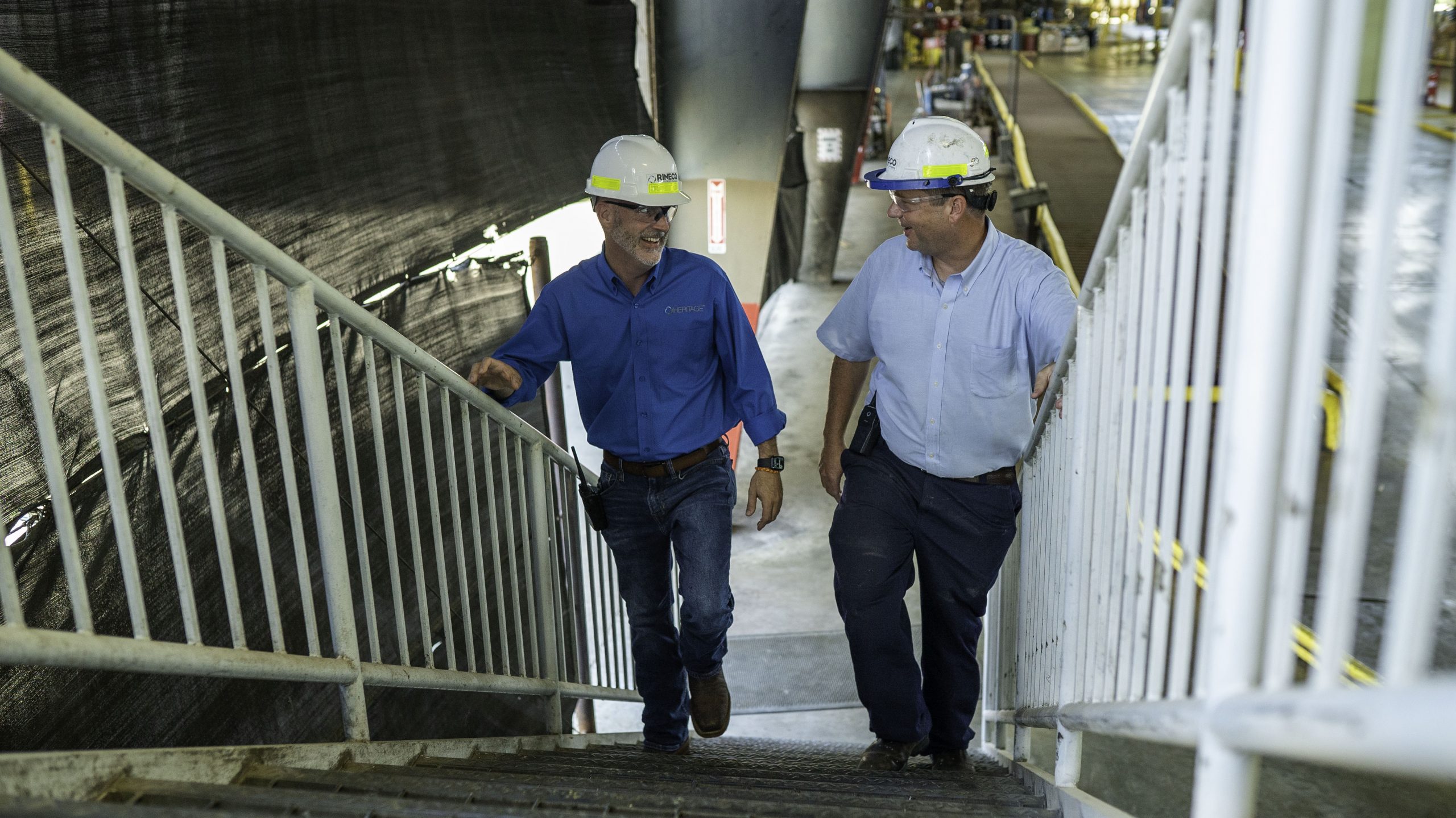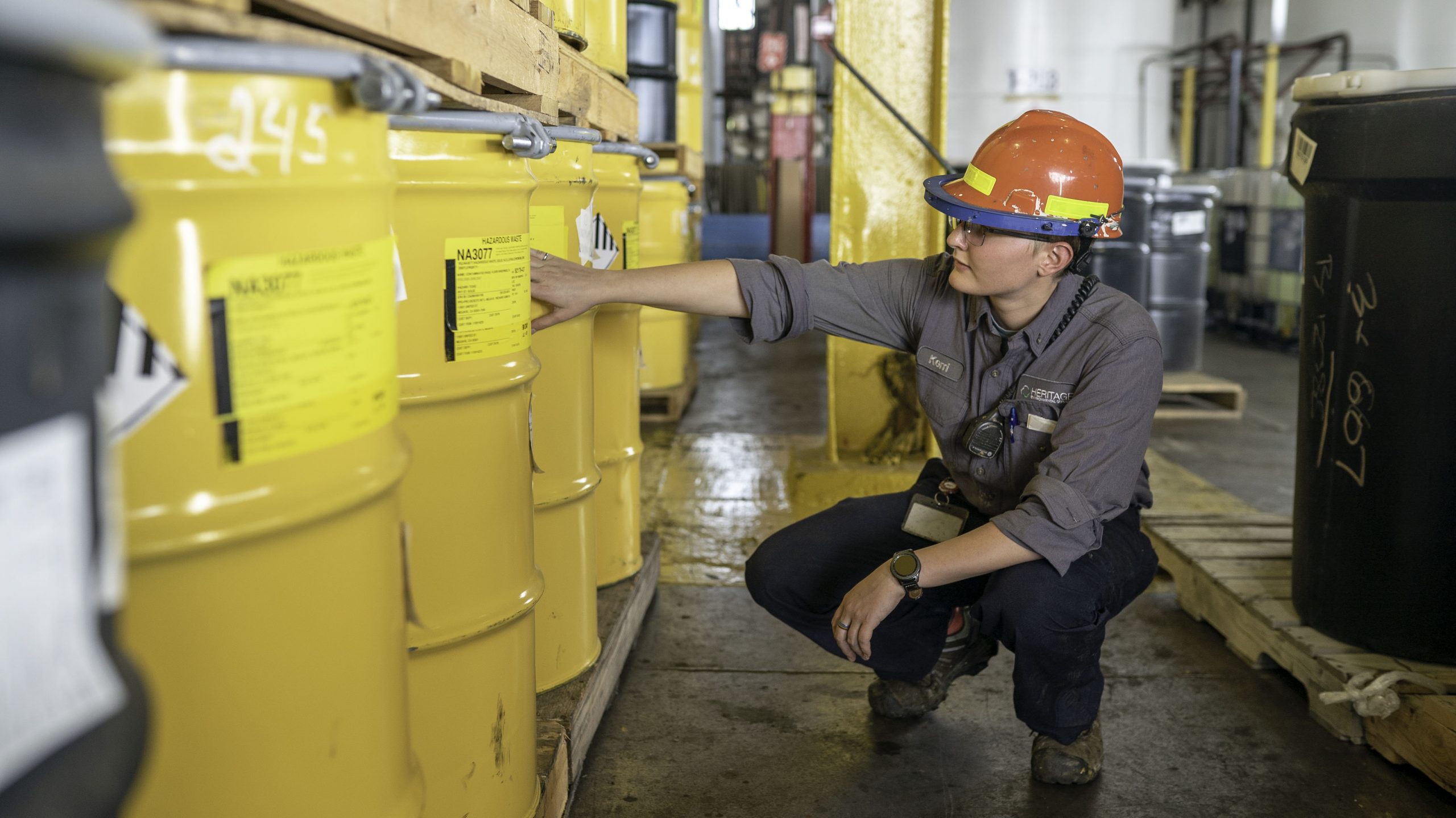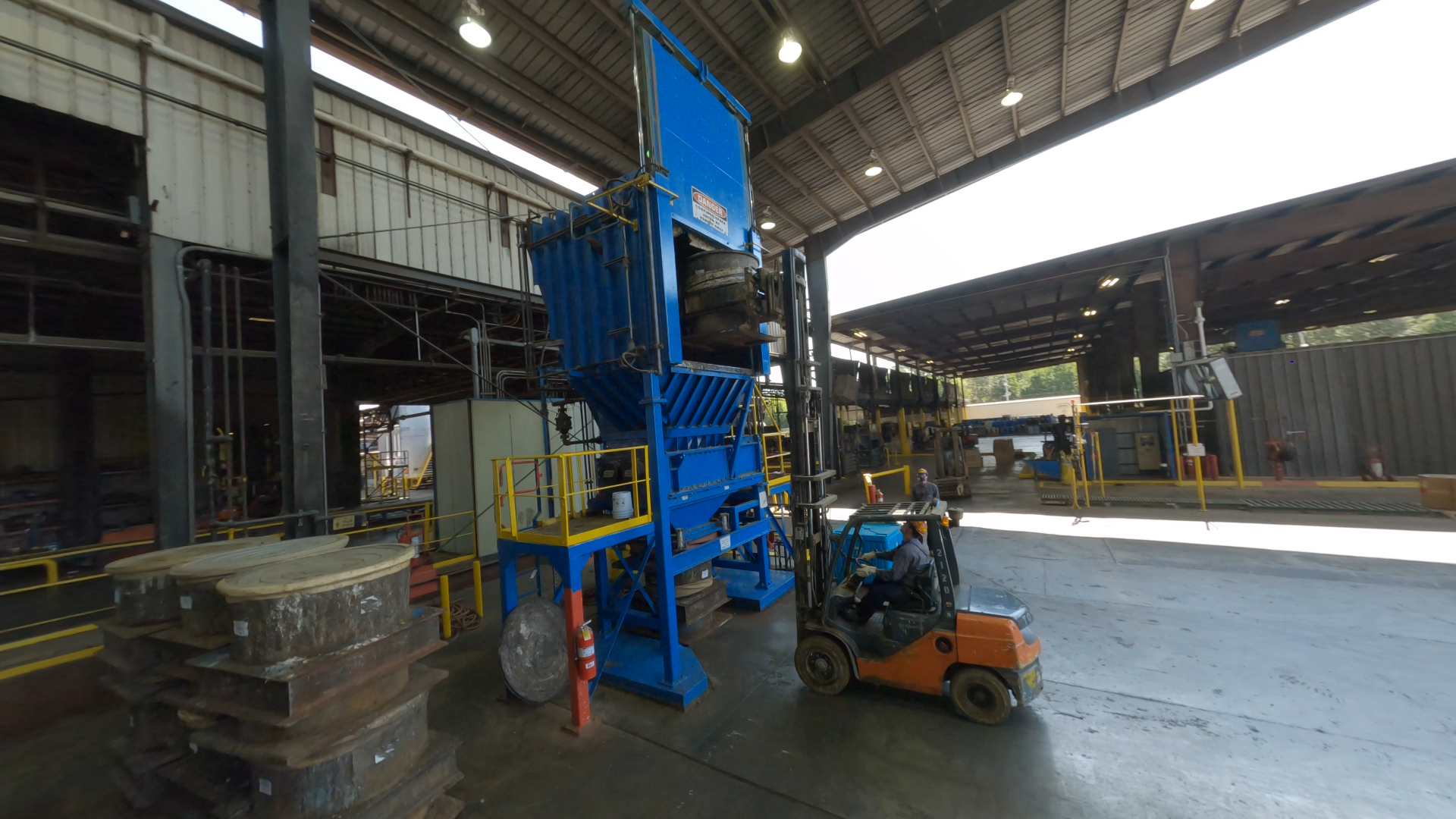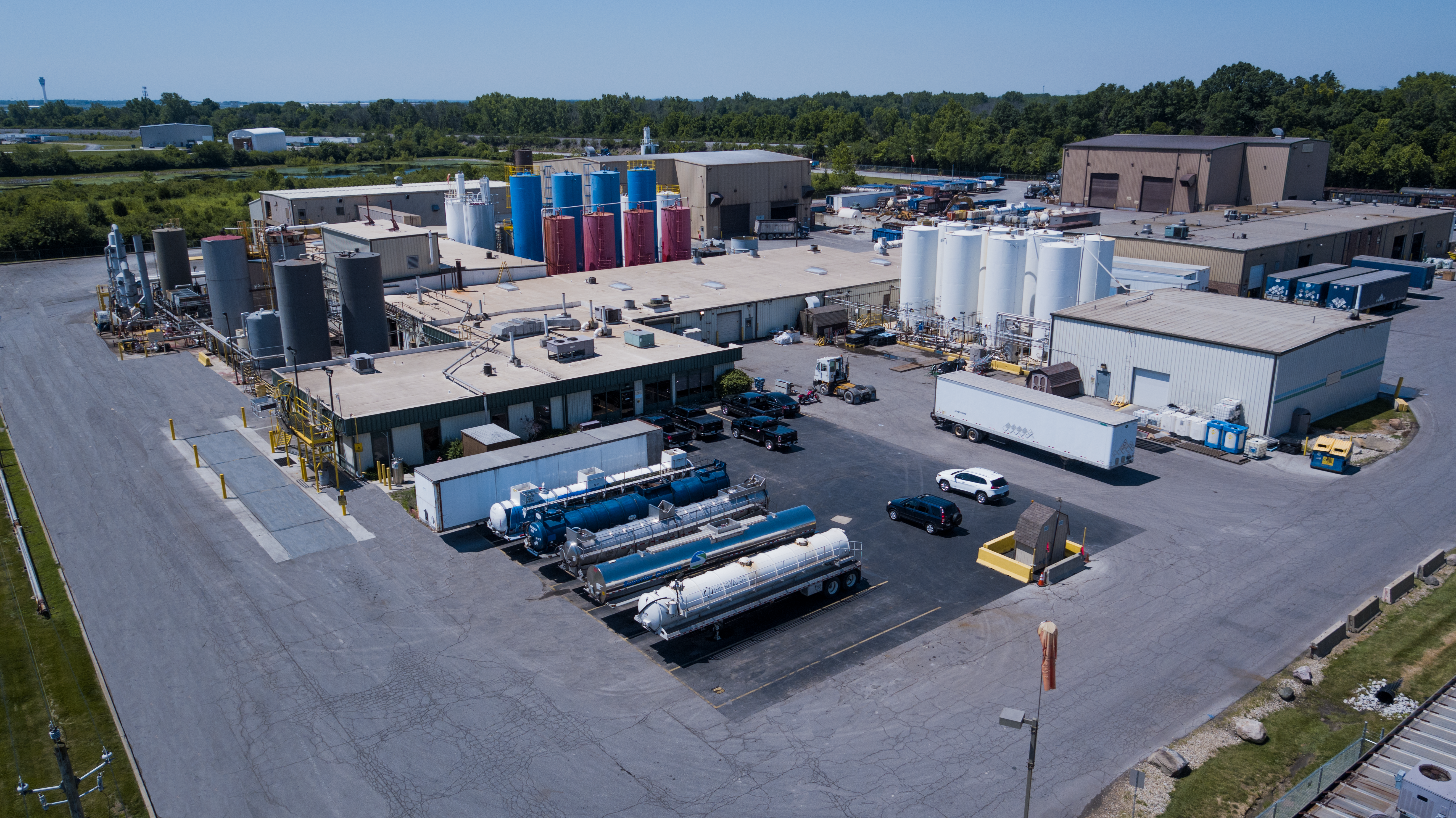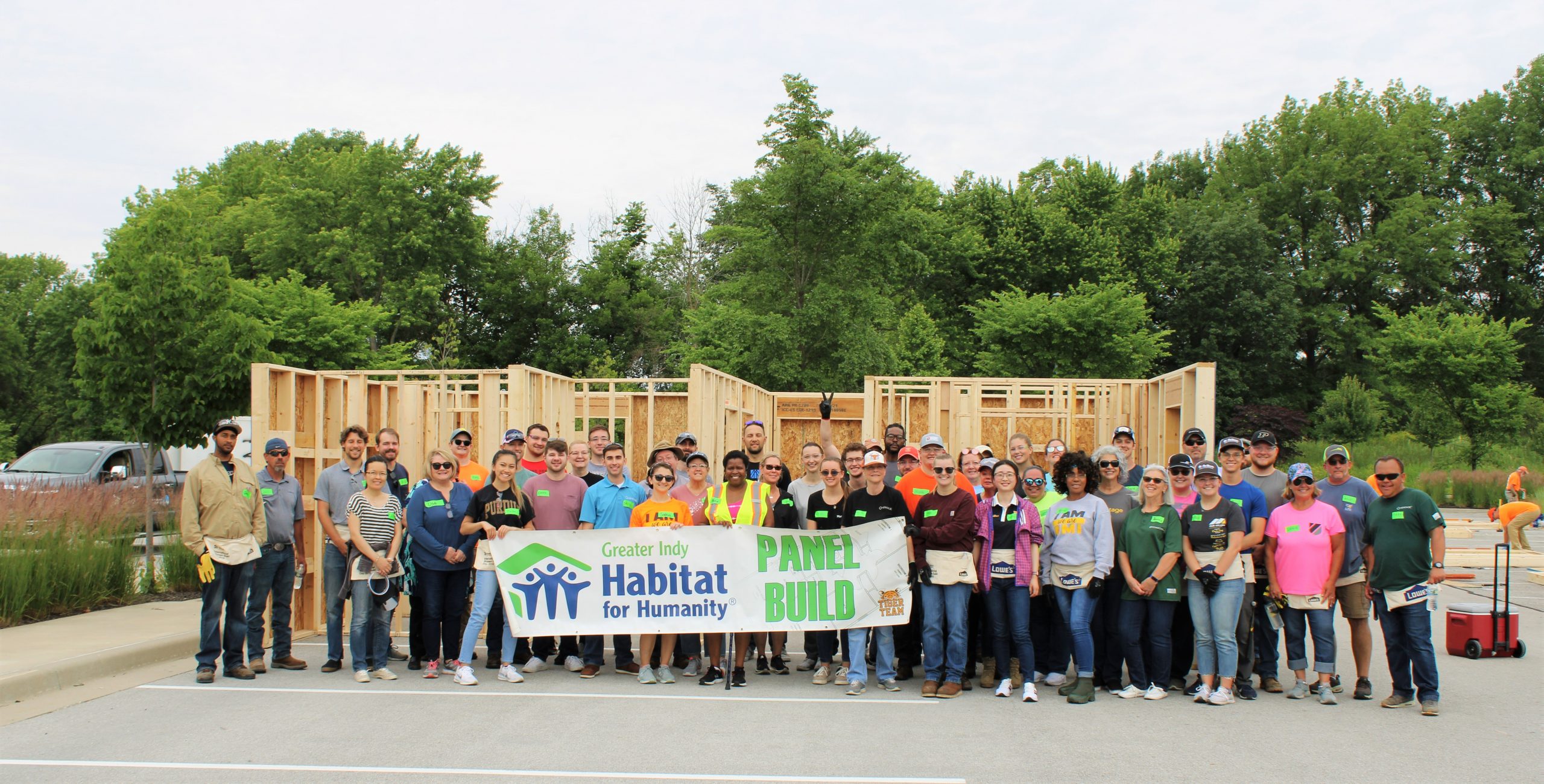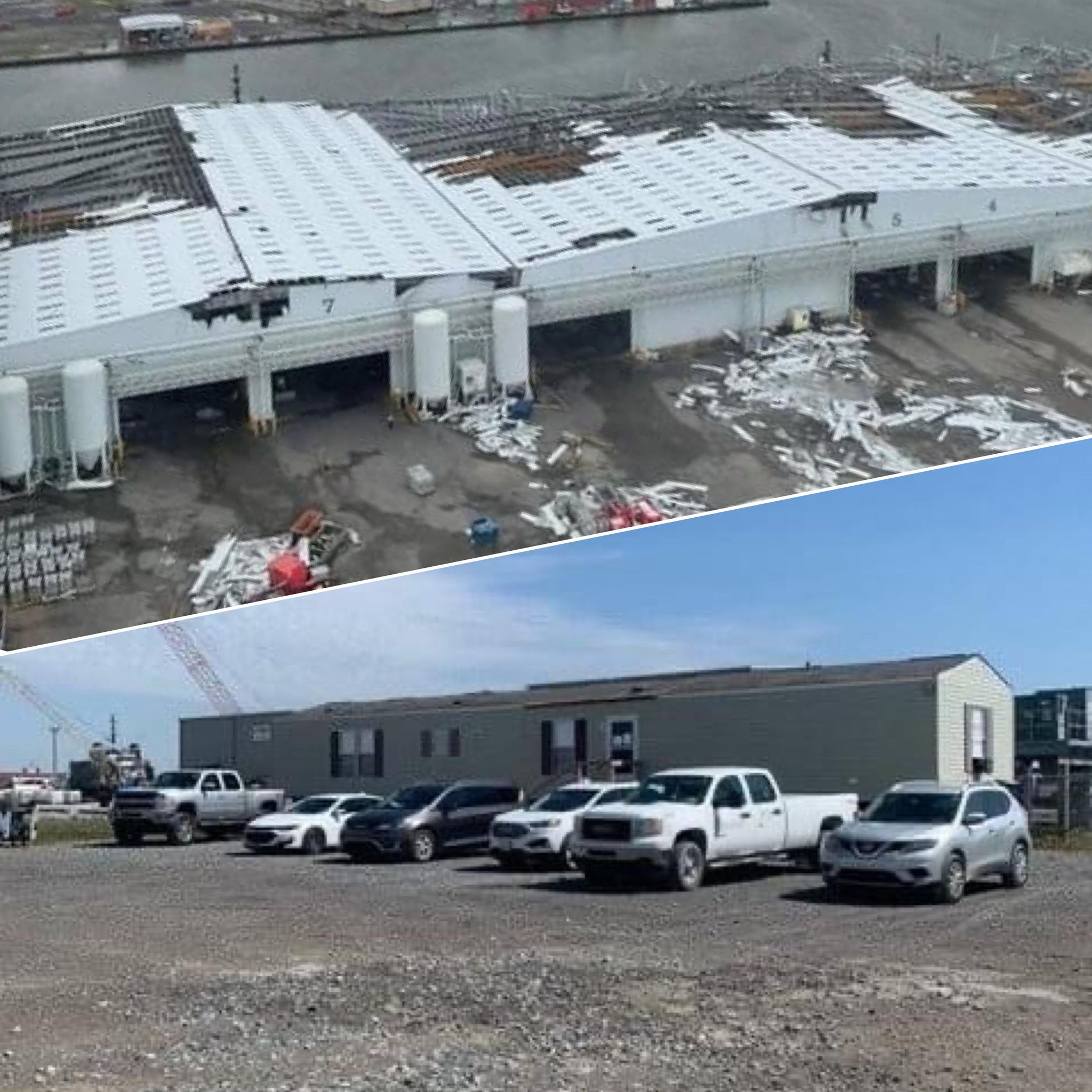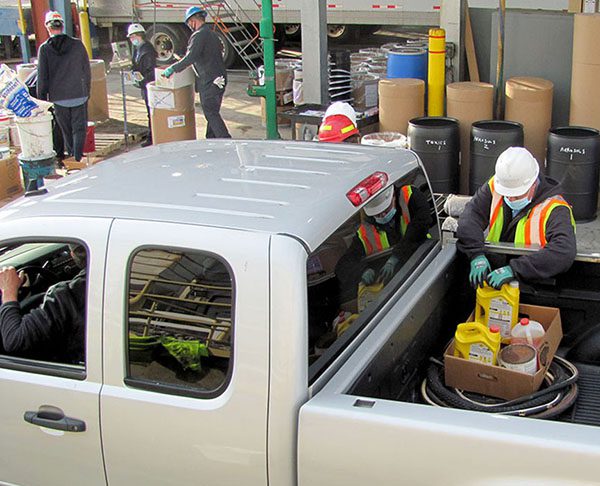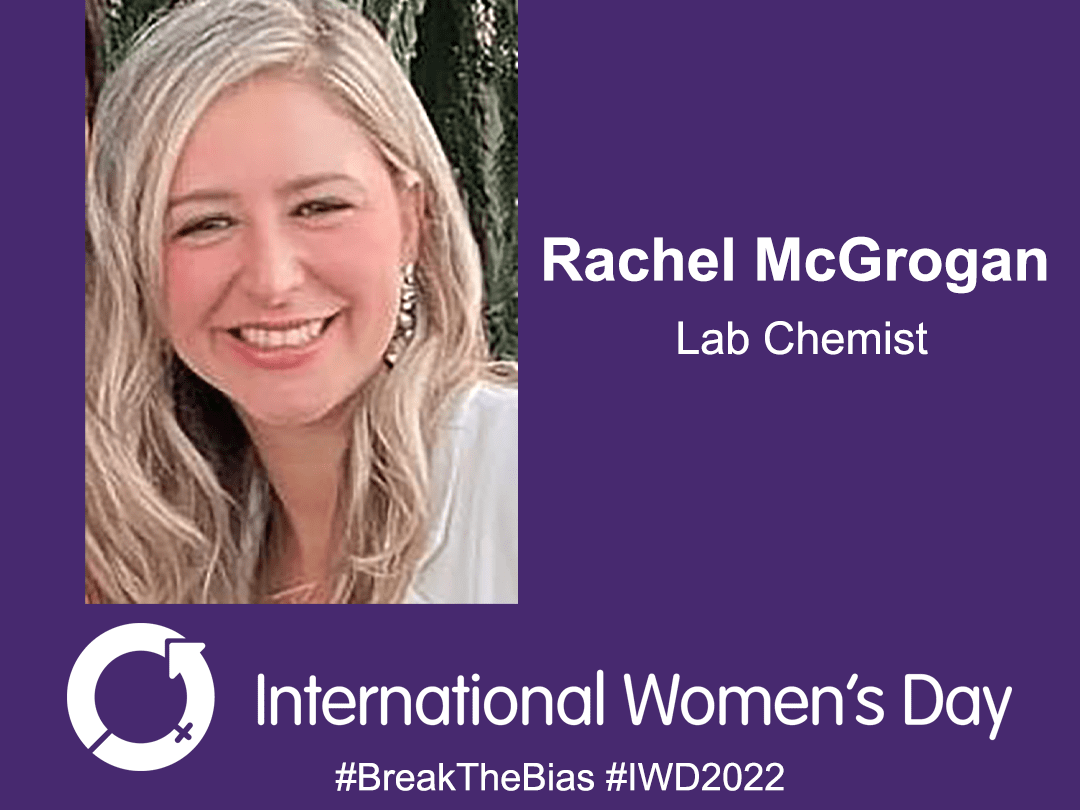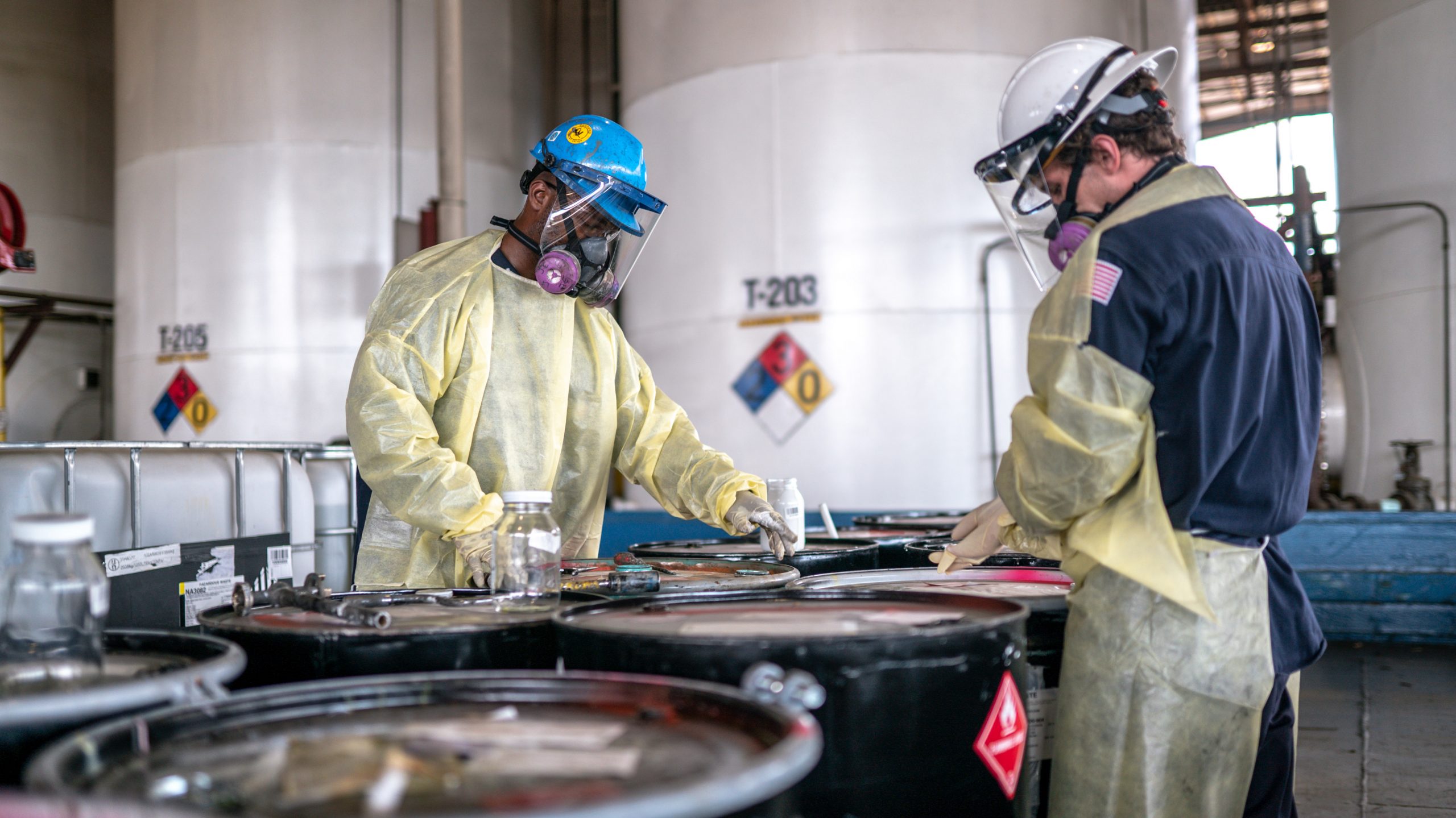
Global Energy Independence Day was on Sunday, July 10th, and serves as a reminder of both our dependence on fossil fuels and the solution that can be found in alternative fuels. When we think about alternative fuel sources, we often consider wind, solar, geothermal, or other renewable resources. Hazardous waste doesn’t always come to mind, but it’s an important piece of industrial waste management that shouldn’t be overlooked. While waste-to-energy facilities are common in the residential waste industry, fuel blending is a unique process in the industrial waste sector that creates a viable alternative energy source.
What is fuel blending? It’s a process where hazardous materials, such as liquid/solidified paints, chemicals, etc., that otherwise may go to landfill or incineration, are blended into a fuel source that can be used by cement kilns. Once the waste has been processed into a fuel that meets the specifications required for a cement kiln, it can be used as alternative to traditional, non-renewable fuels like coal and natural gas. This can reduce waste disposal costs for a facility and help facilitate a company’s sustainability initiatives. This is one of the primary ways Heritage manages hazardous waste for our customers – in 2021 we diverted nearly 47,000 tons of waste from being landfilled/incinerated and instead turned it into a viable alternative fuel source via fuel blending.
If you’re interested in exploring fuel blending as an option for your facility, get in touch with one of our sales representatives here.
More News From Heritage
-
Published Articles 8/2/22
How Safety, Maintenance, and Reliability Are Intertwined
VP of Health and Safety Jim Mangas discusses the importance of plant safety, maintenance, and reliability (featured in BIC Magazine July/Aug '22)
-
Blogs 7/28/22
Spotlighting Our Environmental Interns
Highlighting some of the wonderful interns we have at Heritage this year!
-
Community News 6/15/22
2022 Habitat for Humanity Build
Our 12th annual Habitat for Humanity Build
-
Blogs 4/13/22
After Hurricane Ida, Our Port Fourchon Office Rebuilds
On August 28th, 2021, the Louisiana coast was battered by Hurricane Ida. This included our Port Fourchon Service Center, where the devastating hurrica
-
Community News 4/7/22
Heritage readies for Earth Day HHW collection in East Liverpool
Heritage Thermal Services is pleased to announce that its collection of household hazardous wastes for the East Liverpool area returns for 2022.
-
Published Articles 4/2/22
The Impact of Changing Conditions
VP of Health and Safety Jim Mangas discusses preparedness for unexpected conditions during a project. (featured in BIC Magazine March/April '22)
-
Blogs 3/11/22
International Women’s Week Spotlight – Rachel McGrogan
Rachel McGrogan speaks about her time as a Lab Chemist at Heritage.
-
Blogs 3/10/22
International Women’s Week Spotlight – Karrie Humphries
Karrie Humphries speaks about her time as an Office Manager at Heritage.
